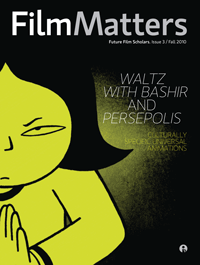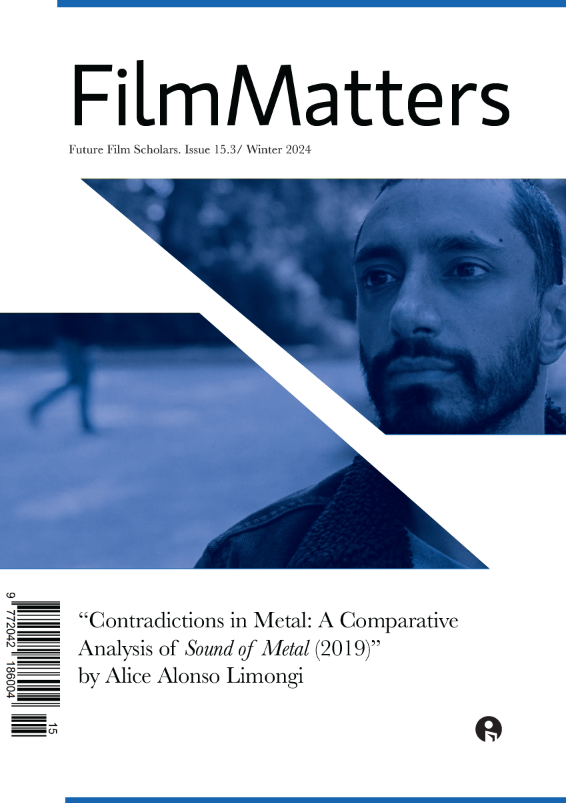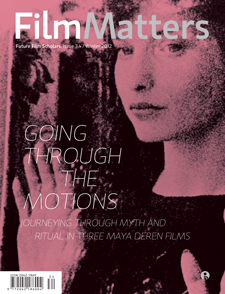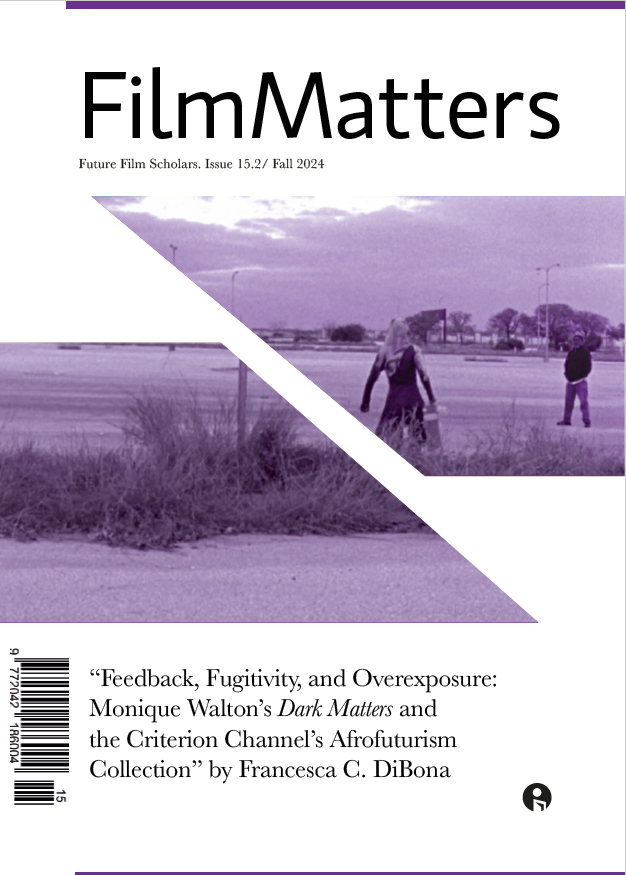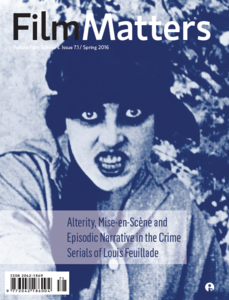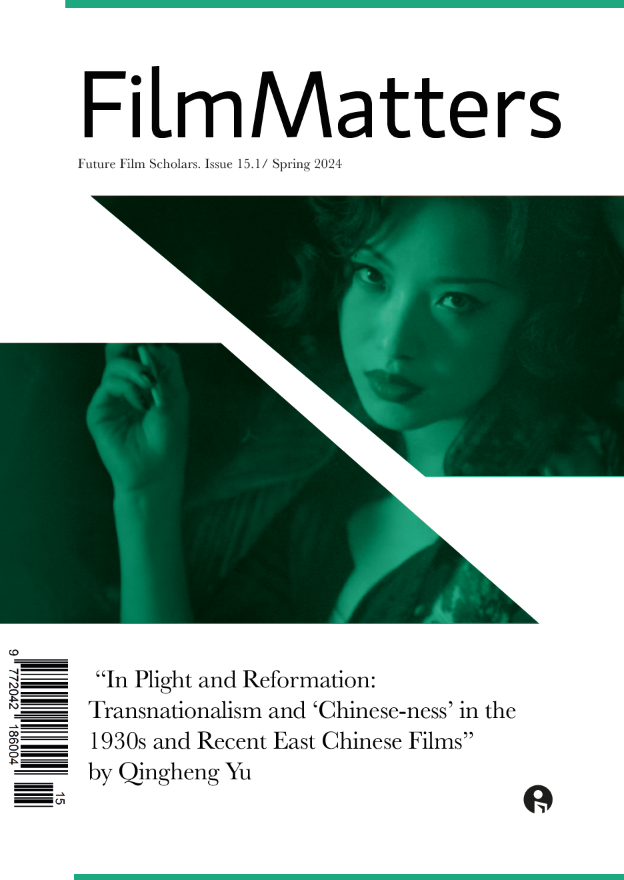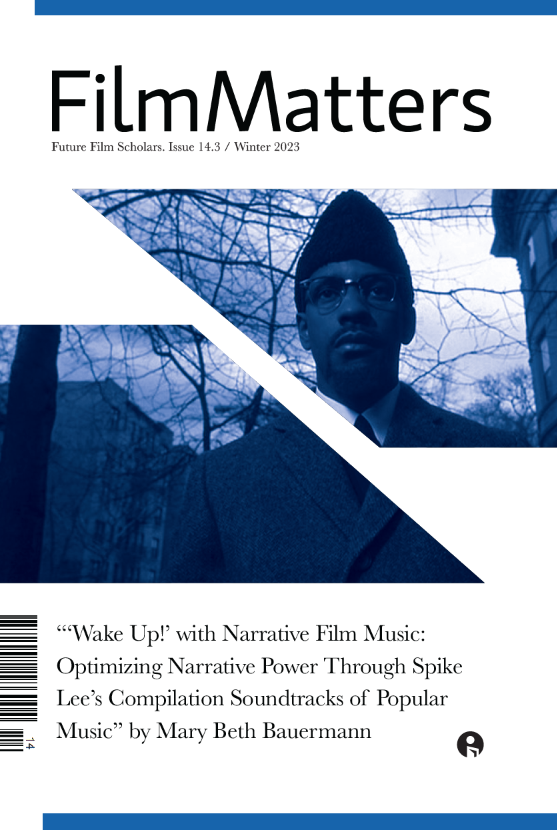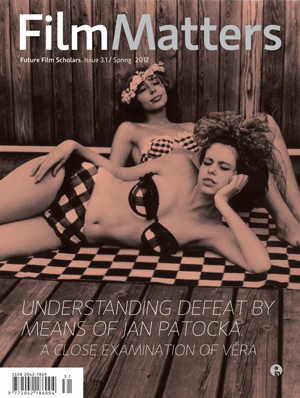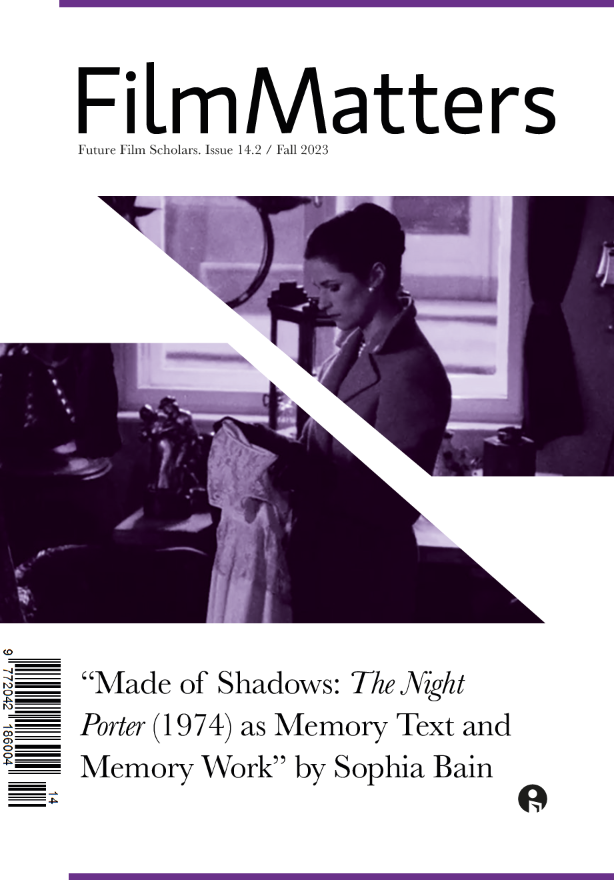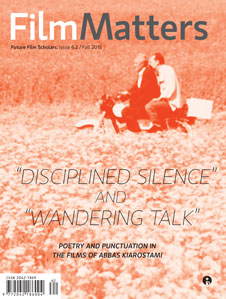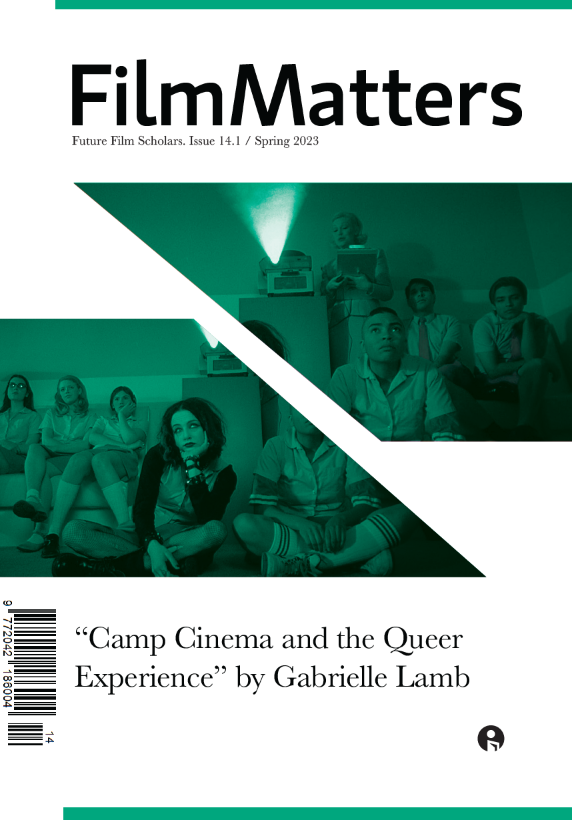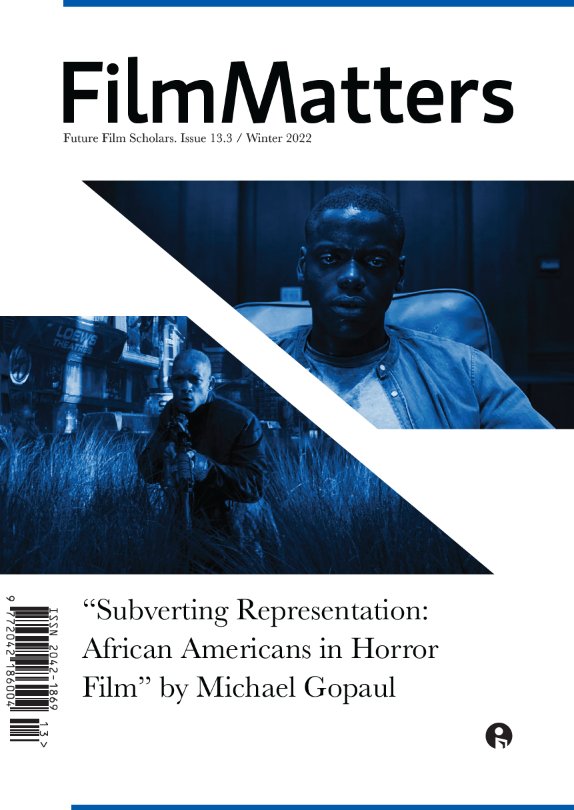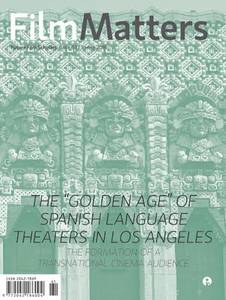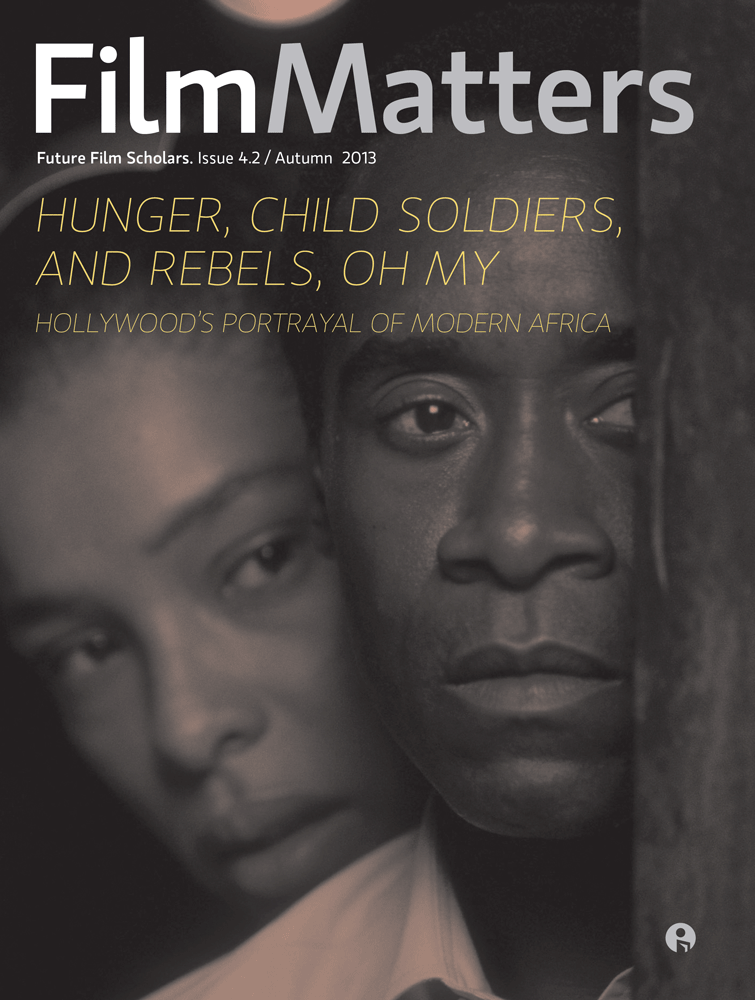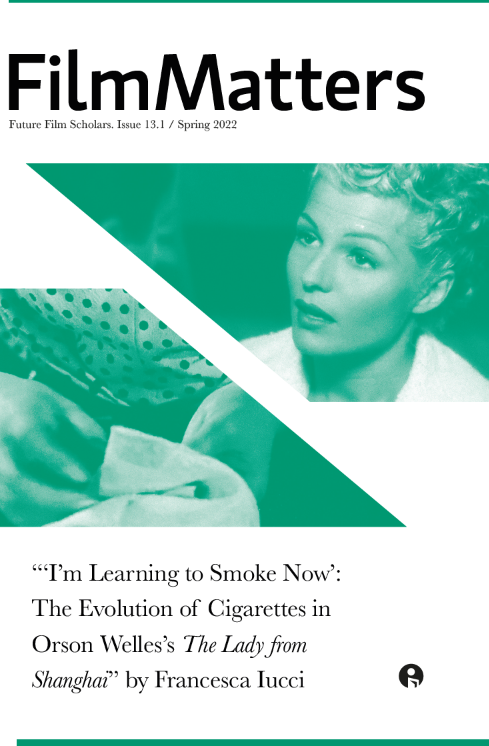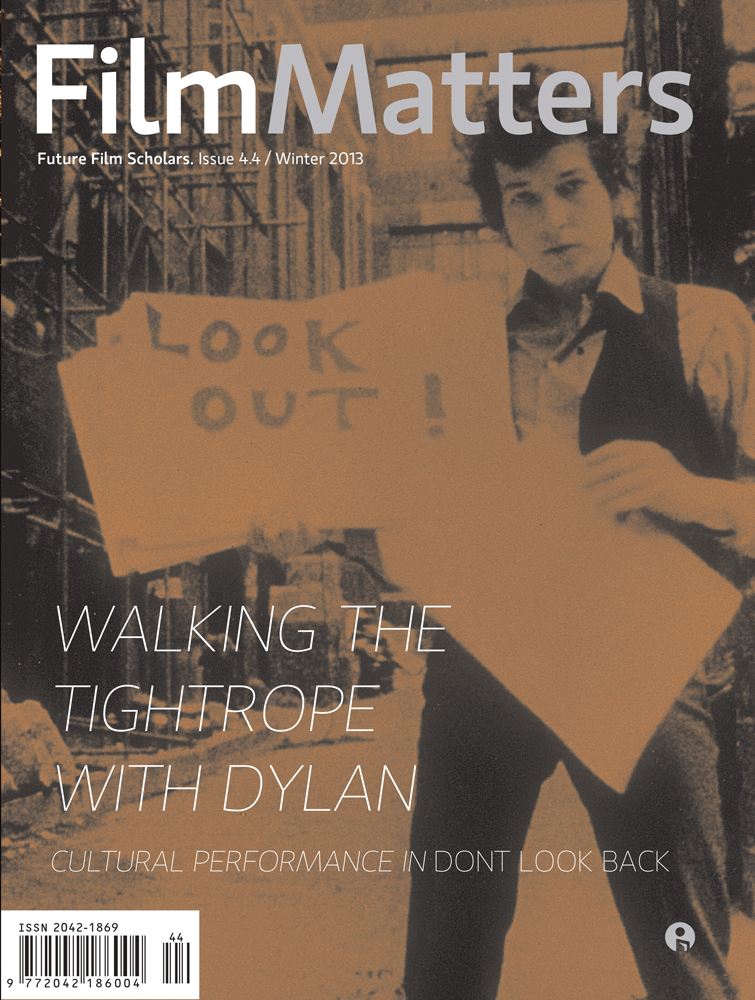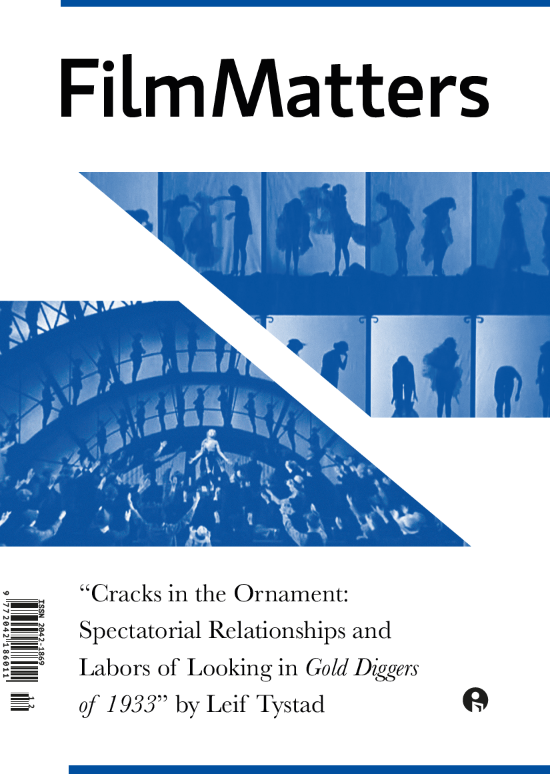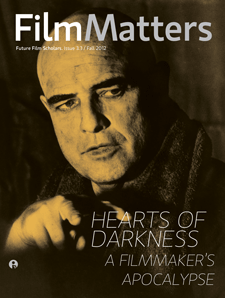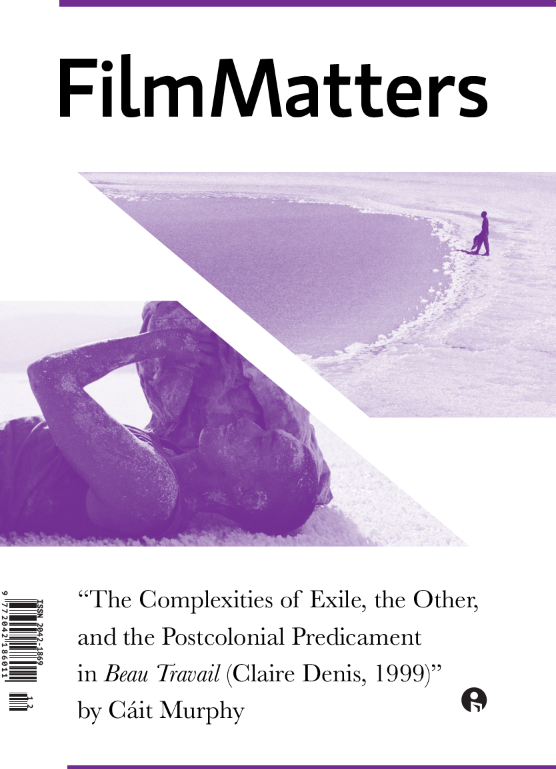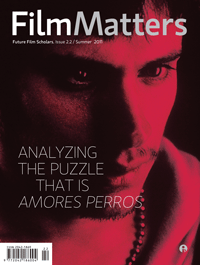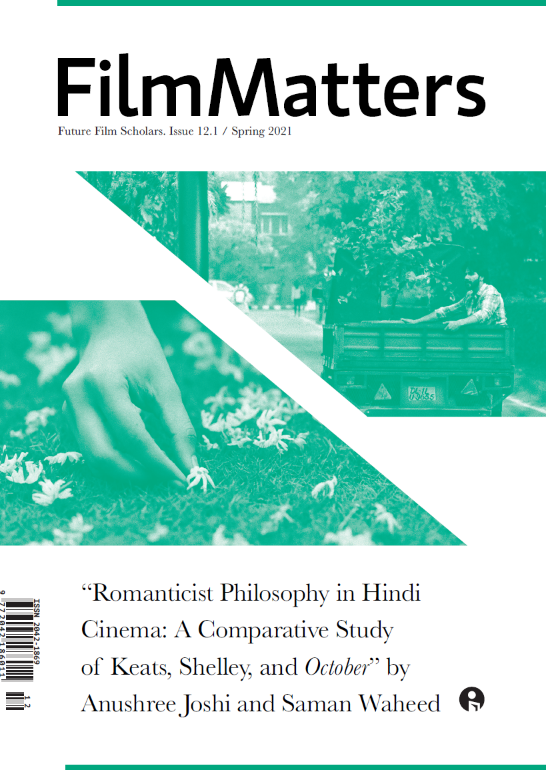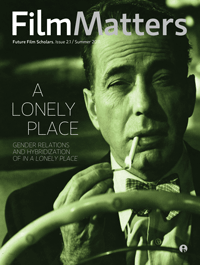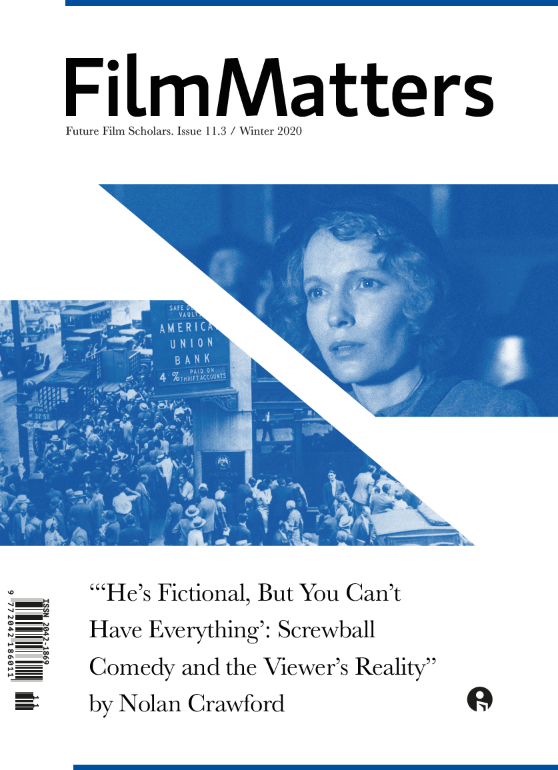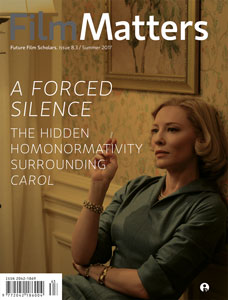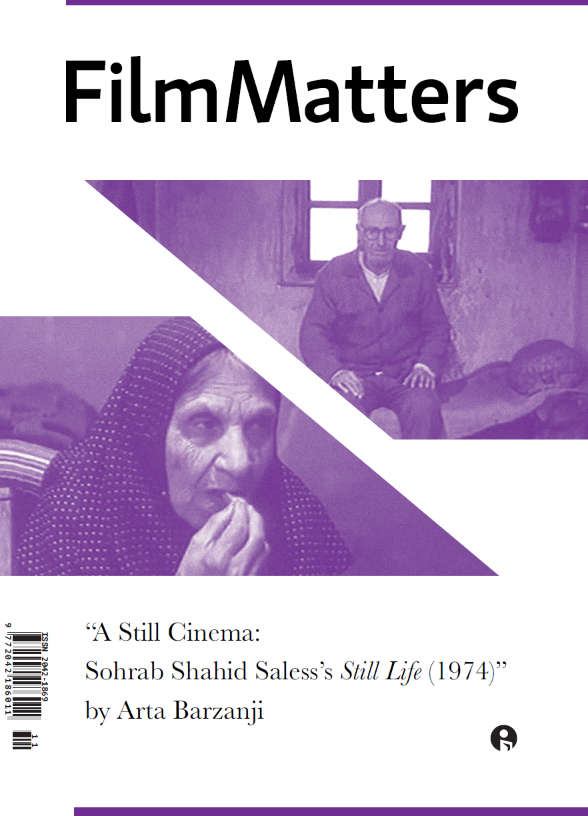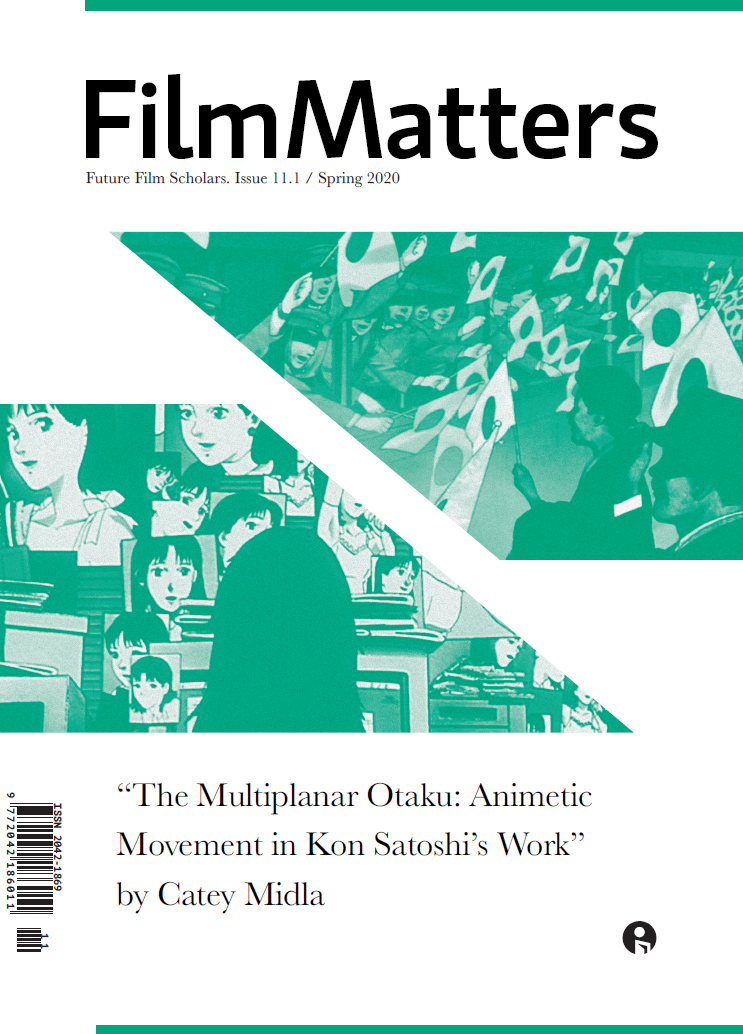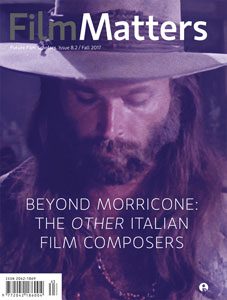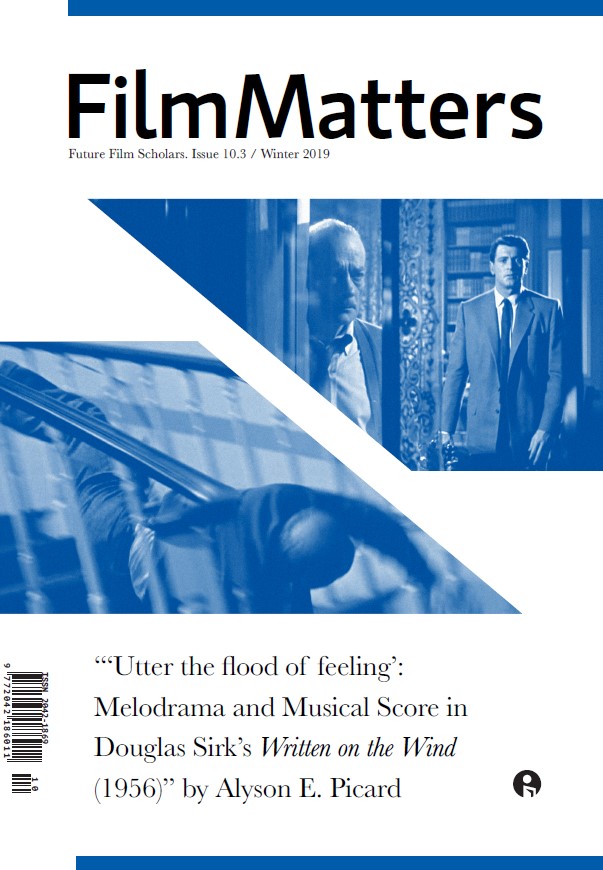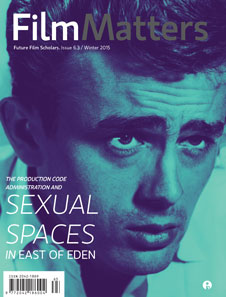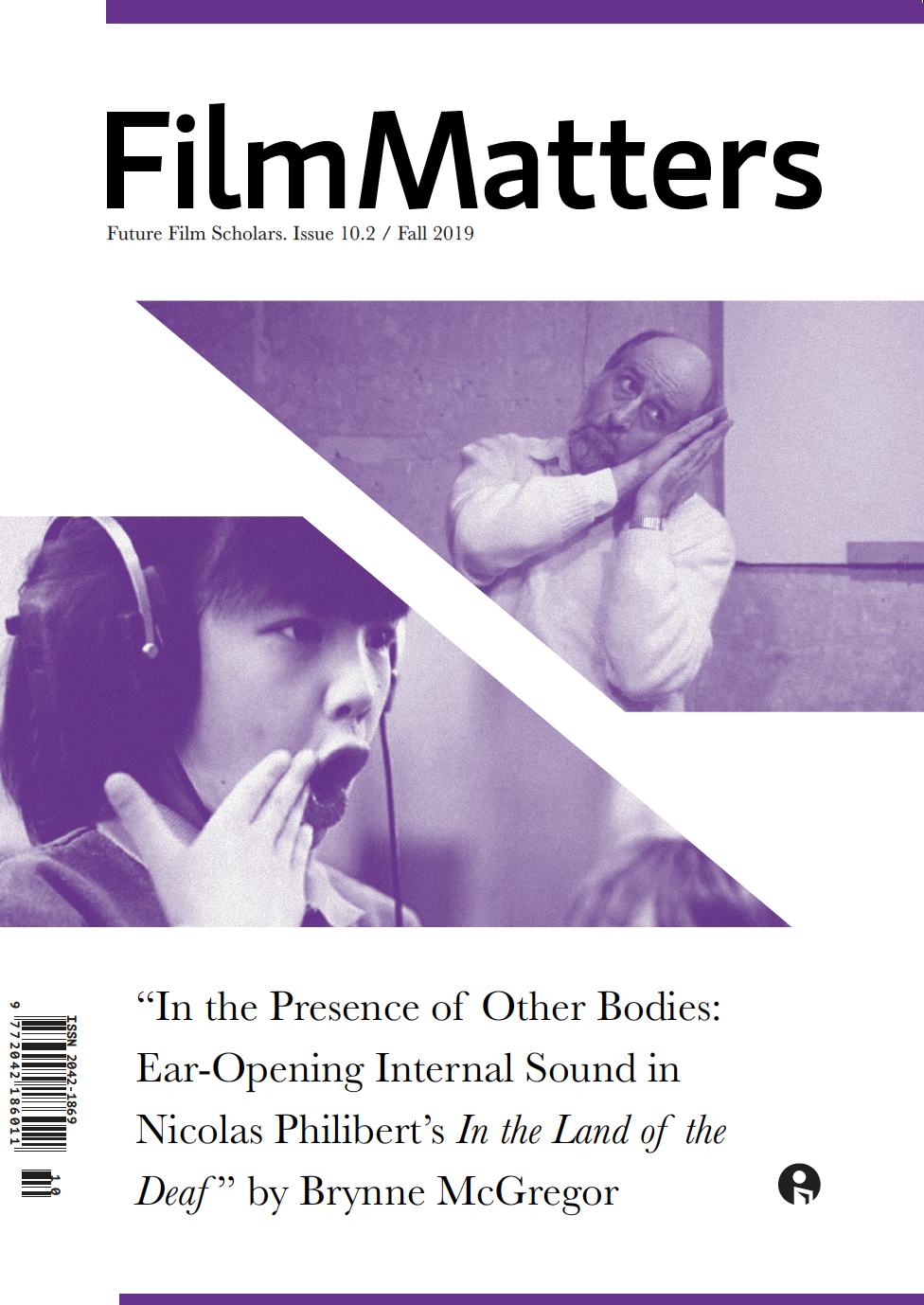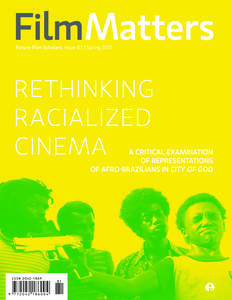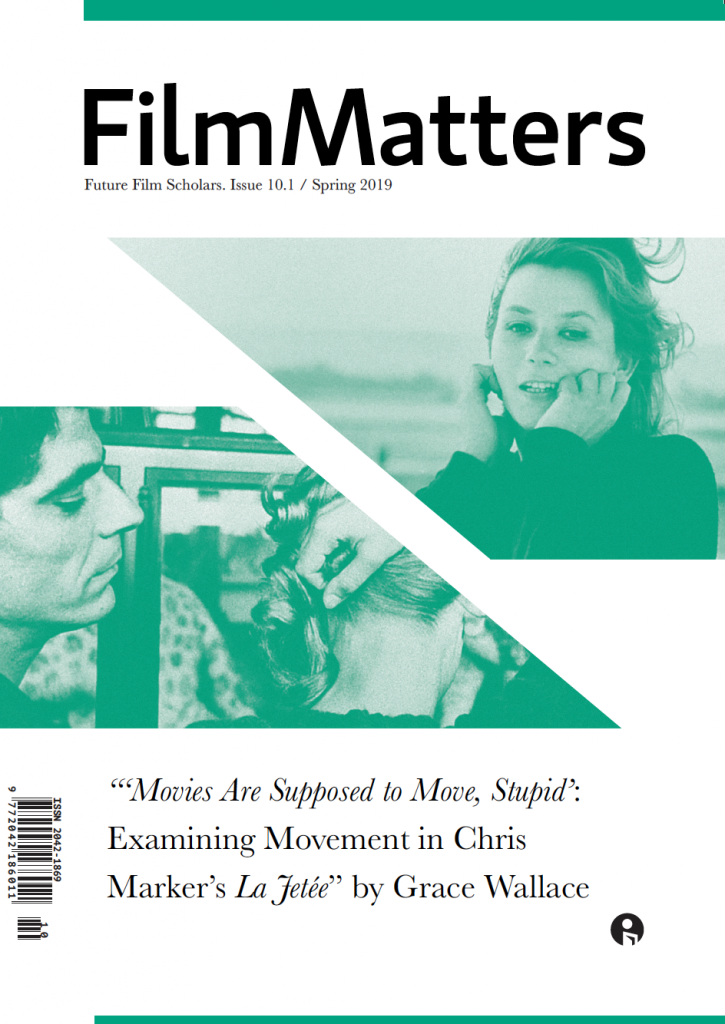[T]he sacrificial victim must send up long-drawn-out, mournful, pathetic cries, making the hearer feel the unutterable loneliness of existence. Thereupon my joy of life, blazing up from some secret place deep within me, would finally give its own shout of exultation, answering the victim cry for cry. Was this not exactly similar to the joy ancient man found in the hunt?
— Yukio Mishima, CONFESSIONS OF A MASK
Invigorated by the adrenaline of a new semester, this past February I plunged into a deep dive of the bibliography of writer, playwright, model, and nationalist Yukio Mishima and, by happenstance, discovered a new favorite book of mine: Confessions of a Mask. The novel is narrated by a deeply closeted and sexually repressed adolescent who finds himself fascinated with images and drawings of the mortally wounded and bloodied bodies of strong young men. Particularly fond of depictions of Saint Sebastian, the narrator finds that these scenes of dying young men speak to something burrowed deep within him. I include this passage here because it conveys the nature of the relationship between the performer and the spectator, the one who does and the one to whom it is done. Sometimes while watching a film, I hear a cry inside of me but it is base and small and too humiliating to give credence to; I smother the cry until it becomes unbearable or until I hear it mimicked in some way in the world around me as Mishima’s narrator does, a loneliness that reverberates and is responded to until it becomes something more. When the cry becomes unbearable, when the struggle of life grates too harshly against the soul, there becomes a need that is like an itch; a need to create and mirror and reflect the unreflectable. Anxious turnings of the stomach, deep hollows in the chest that strike harder than sadness, the tinges of fire along the strip of the neck, become dramatic soliloquies, dance moves, splashes in a pool, words even.
Continue reading







